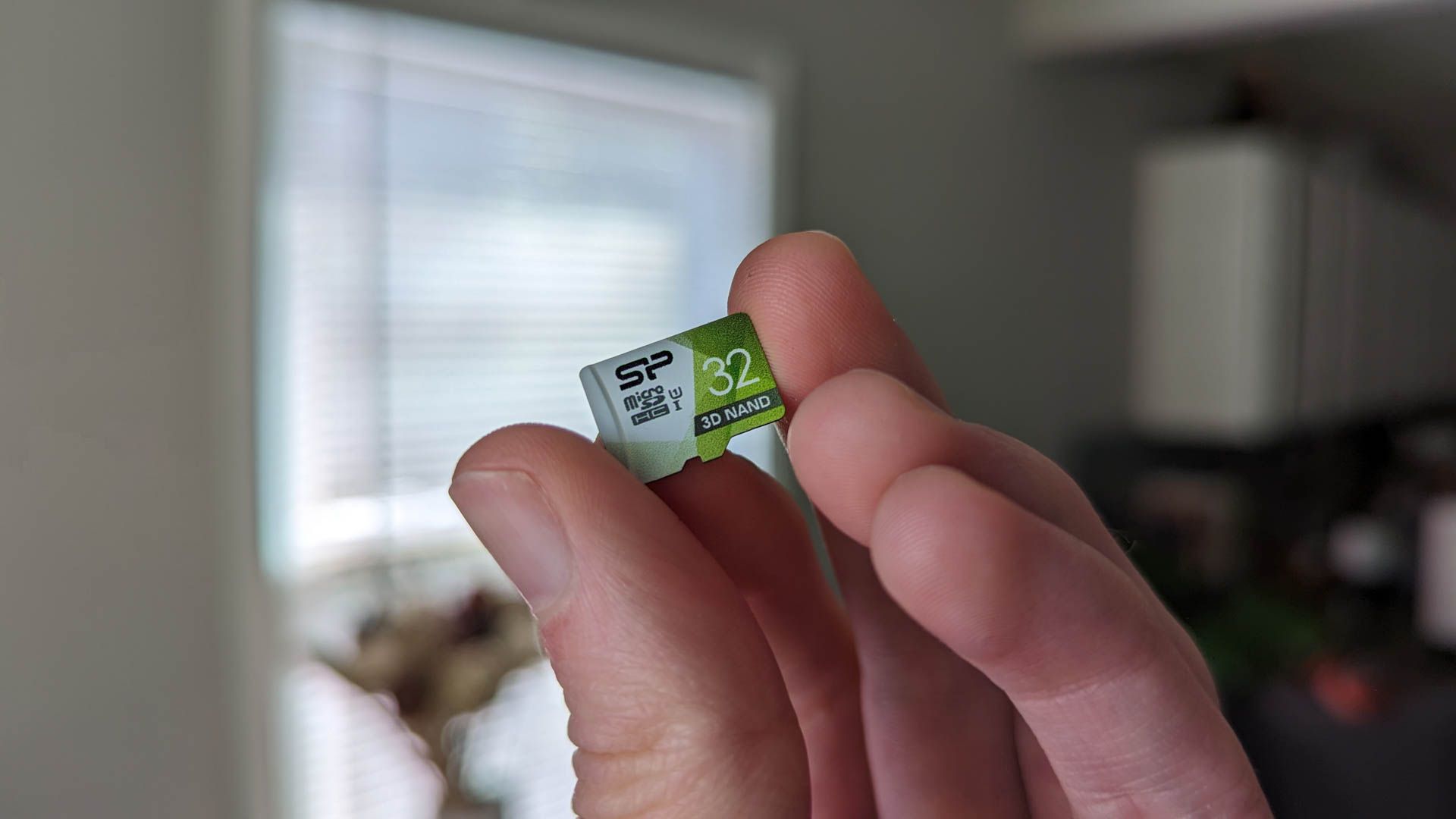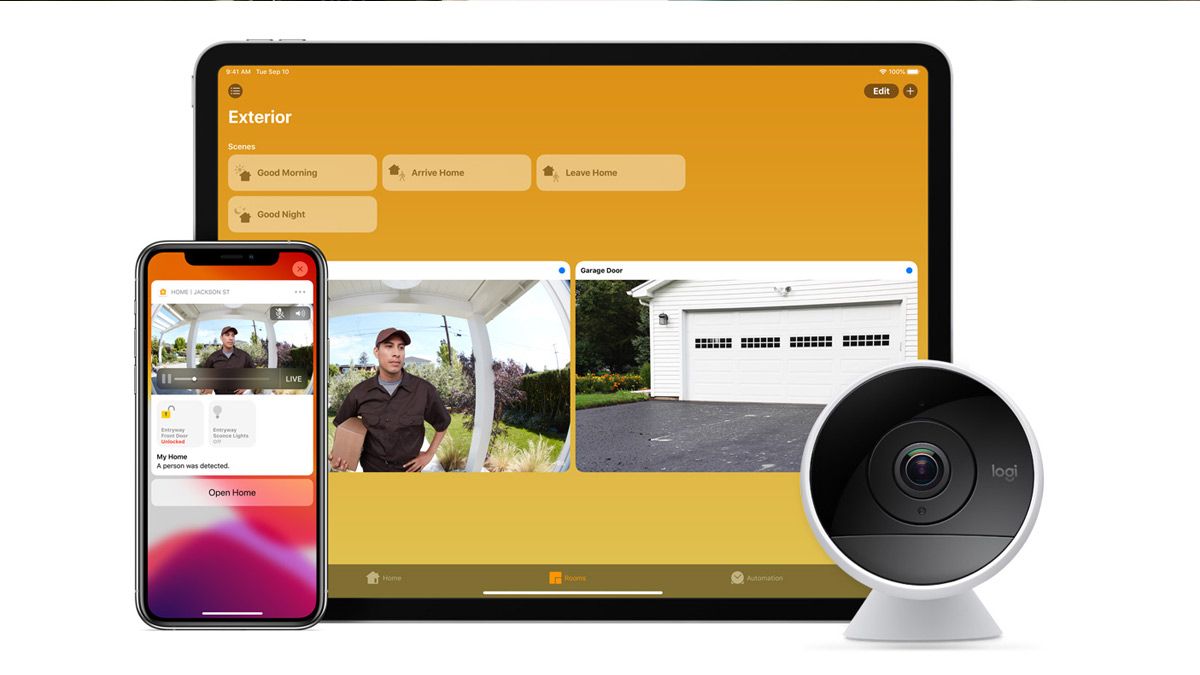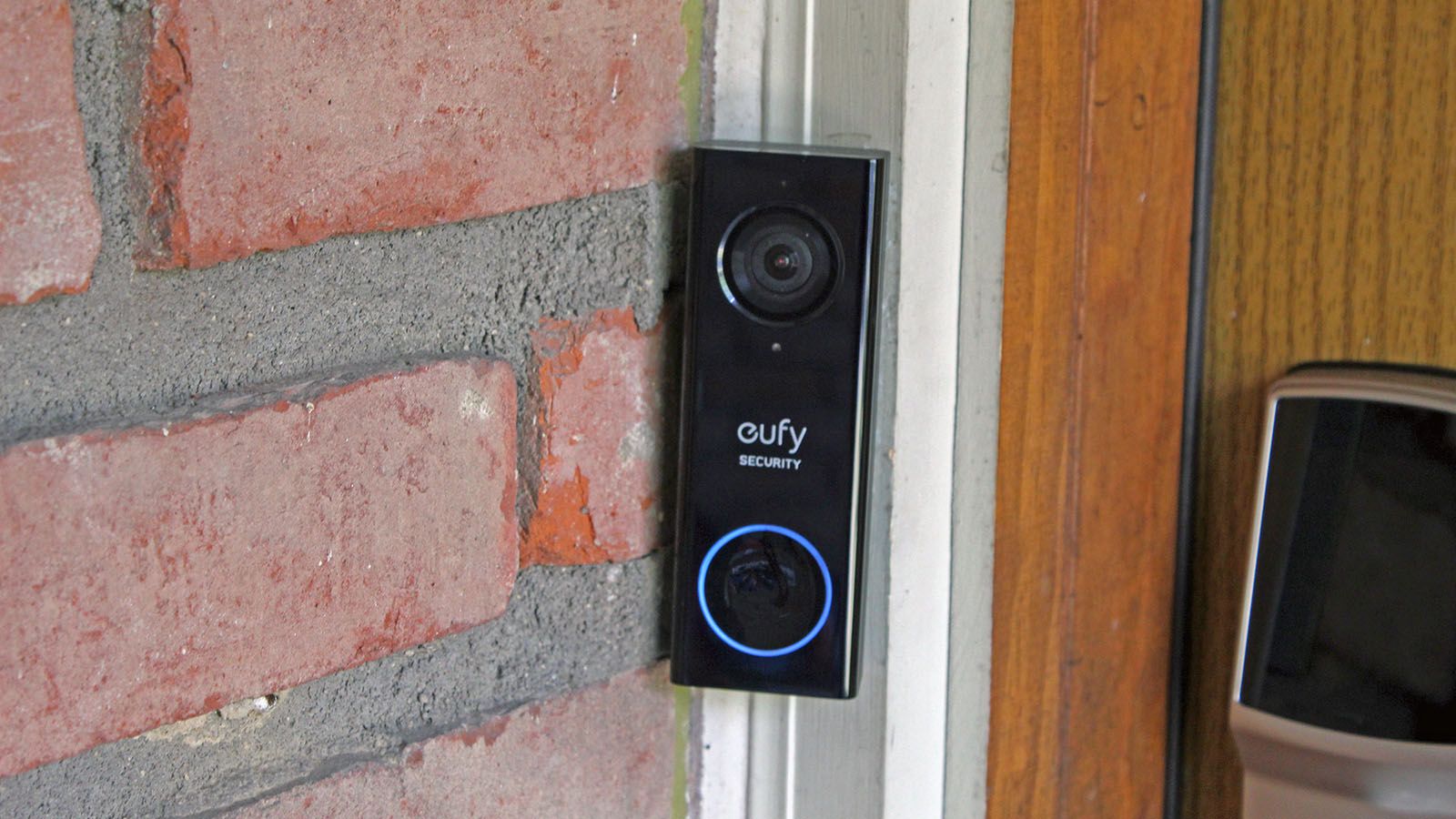Key Takeaways
- You don’t need a premium subscription to get basic functionality out of any smart doorbel, but subscriptions are useful for storing footage and accessing more advanced features.
- The easiest way to store footage for free is to use a doorbell with a memory card slot, or more adventurous users can set up FTP connections or use Home Assistant.
- Apple users can use HomeKit Secure Video Doorbell with an iCloud+ subscription to store footage in the cloud as part of their existing iCloud plan.
Are you hoping to avoid yet another subscription? Rather than opting for a Ring Protect or Nest Aware plan, buy a smart doorbell that gives you options instead. Here’s how to avoid the ongoing fees.
Premium Subscriptions are Optional
Broadly speaking, most smart doorbells come with basic functionality out of the box. You’re able to answer the door on a smartphone or tablet, connect to the camera to view a live feed and get limited notifications of activity.
Amazon’s Ring doorbells come with a 30-day trial of Ring Protect, while Google’s Nest doorbell has a 3-hour video history included for free but requires a premium Nest Aware subscription for longer. Some features like Ring’s Person Alerts and Google’s sound detection also depend on these services.
If you want your smart doorbell to work more like a security system, you’ll need some way to save your recordings. Though many smart doorbell providers will try to tempt you into a monthly or annual subscription, there are other ways of doing it.
If all you want is the basic functionality of being able to remotely answer the doorbell and not missing a package then you can ignore these options altogether.
The most convenient way to avoid paying a smart doorbell cloud storage fee is to buy a smart doorbell that stores footage on a memory card instead. This is a cost-effective way to store recordings since flash memory is cheap and you can spend as little or as much on a card that suits your budget.
Some of the cheapest doorbells on the market store footage on local memory, like the WYZE Video Doorbell v2 and the eufy Video Doorbell C210. Many of the more expensive ones have this option too.
You don’t even need to manage space manually as most doorbells that offer this option will automatically remove the oldest footage and keep recording. In the event that you need access to your footage for some reason, you can simply eject the memory card and put it in a computer to copy the files across.
There are a few downsides to this approach, the most obvious one being a lack of redundancy. Since all of your footage will be stored on a single memory card, if something happens to your storage medium the footage will be lost.
This includes an intruder tampering with your doorbell. Though most doorbells that offer this option have a locking mechanism in place, these aren’t infallible. If the intruder knows that your doorbell is a variety that uses a memory card for storage, they may feel inclined to break in and steal the card.
On top of this, you might find yourself in a situation where you need to access recordings remotely. If the only place you have stored your footage is on local memory, you won’t be able to review the footage until you physically gain access to your doorbell.
Of course, local memory card backup works great as part of a multifaceted approach to data storage.
Get a HomeKit Secure Video Doorbell
If you happen to be an Apple user with an iCloud+ subscription, HomeKit Secure Video might be the best solution. For this to work, you will need a HomeKit hub such as an Apple TV 4K, a HomePod, or an iPad that remains home and acts as a local server.
You’ll also need a smart doorbell that is compatible with HomeKit Secure Video such as the Aqara Smart Video Doorbell G4 or the Logitech Circle View Doorbell. These aren’t the cheapest doorbells on the market, but since they can use Apple’s servers for data storage you’ll likely make your money back in the long-run.
HomeKit Secure Video can be used to stream video live from your doorbell camera using the Home app on any Apple device connected to your Apple ID. Live feeds are encrypted end-to-end for security purposes. You’ll also get notifications of events detected by your camera, including people calling or packages being delivered.
This footage is analyzed locally on your HomeKit hub rather than being sent to a remote server. This privacy-centric approach taken by Apple has been criticized in the past since it isn’t as advanced as some of the alternatives that are processed in the cloud.
You can use a single camera with a 50GB iCloud+ subscription, or you’ll get up to five cameras with a 200GB plan. If you subscribe to the 2 TB plan, you can use as many cameras as you like. Footage stored on Apple’s servers is kept for 10 days and does not count towards your iCloud storage quota.
The big benefit to using HomeKit Secure Video instead of solely relying on a memory card is that your footage will be available remotely, so you can view it from anywhere.
Many “proper” home security systems use an NVR—or network video recorder—to store footage locally within the premises. This is overkill for a video doorbell system, though you can certainly find doorbells out there that support the necessary protocols.
A better solution is to buy a smart doorbell that comes with a user-friendly solution like the eufy Video Doorbell S220. This doorbell uses eufy’s Homebase system, which acts as a hub for local recordings. There are no ongoing costs since captured footage is stored locally on the Homebase.
eufy’s solution is user-upgradeable and works with the company’s other security cameras. Analysis takes place locally on the hub, with all footage encrypted. The fact that the Homebase remains inside your property means that tampering with the doorbell will not jeopardize your footage.
You’ll pay a bit more for a bundle that includes a Homebase, but there’s no ongoing fee.
Some Doorbells Include Cloud or FTP Support
If you avoid companies like Ring and Google, you might just find a doorbell that allows you to “roll your own” backup solution. This can require some work on your part, and there are very few models on the market that offer this option at present.
Arguably the best right now is the Reolink Video Doorbell PoE or Reolink Video Doorbell Wi-Fi, depending on your needs. These affordable cameras can be had for around $100, use microSD storage, and automatically sync recordings with an FTP server of your choice. You’ll need to follow Reolink’s instructions to get everything working.
Alternatively, the Netatmo Smart Video Doorbell offers up to 32GB local storage on a microSD card, with optional Dropbox or FTP upload. The big problem here is that this doorbell has been discontinued and can be hard to find.
Use Home Assistant Instead
Home Assistant is an open-source smart home platform that allows you to use devices from a range of different smart home ecosystems. In order to use Home Assistant, you’ll need to install it on a device such as a Raspberry Pi or spare computer that remains running on your local network.
Since everything takes place locally, Home Assistant will record video captured by your smart doorbell (and similar cameras) to local storage. If you want to capture more footage, add more storage and scale up your Home Assistant server accordingly.
The biggest hurdle you’re likely to encounter with the Home Assistant approach is finding a suitable doorbell and setting it up accordingly. There are many threads on the Home Assistant message boards asking for recommendations, with some members going as far as building their own solutions.
If you aren’t already using Home Assistant, this approach will require a bit of work. You should search the Home Assistant Integrations database to see what options are available to you. Some manufacturers like Aquara have committed to providing support for Home Assistant through Matter support.
On the upside, Home Assistant is completely free to download and install. You’ll lose nothing but an afternoon downloading and testing it out on an old piece of hardware, and you’ll likely discover just how powerful Home Assistant automations can be in the process.
If money isn’t a concern and you’re happy to pay for a premium cloud backup and extra bells and whistles, premium subscriptions have their place. HomeKit Secure Video is another great option that doesn’t require too much setup.
Check out our favorite video doorbells for some more recommendations.









